Harmonic Analysis (RMA) Worksheet for the song: "That'll Be The Day" by Buddy Holly.
Harmonic Analysis (RMA) Worksheet for the song: That'll Be The Day by Buddy Holly.
That'll Be The Day
That'll Be The Day is a song written by Buddy Holly and Jerry Allison. It was first recorded by Buddy Holly and the Three Tunes in 1956 and was re-recorded in 1957 by Holly and his new band, The Crickets. The 1957 recording achieved widespread success. Holly's producer, Norman Petty, was credited as a co-writer, although he did not contribute to the composition.
Many other versions have been recorded. It was the first song recorded (as a demonstration disc) by the Quarrymen, a skiffle group from Liverpool that evolved into The Beatles.
The 1957 recording was certified gold (for over a million US sales) by the Recording Industry Association of America (RIAA) in 1969. It was inducted into the Grammy Hall of Fame in 1998. It was placed in the National Recording Registry, a list of sound recordings that "are culturally, historically, or aesthetically important, and/or inform or reflect life in the United States", in 2005. (wikiwand);
The song was first recorded by Buddy Holly and the Three Tunes for Decca Records at Bradley's Barn, in Nashville, on July 22, 1956. Decca, displeased with Holly's previous two singles, did not issue recordings from this session. After the song was re-recorded by the Crickets in 1957 and became a hit, Decca released the original recording as a single (Decca D30434) on September 2, 1957, with "Rock Around with Ollie Vee" as the B-side. It was also the title track of the 1958 album That'll Be the Day. Despite Holly's newfound stardom, the single did not chart. (wikiwand);
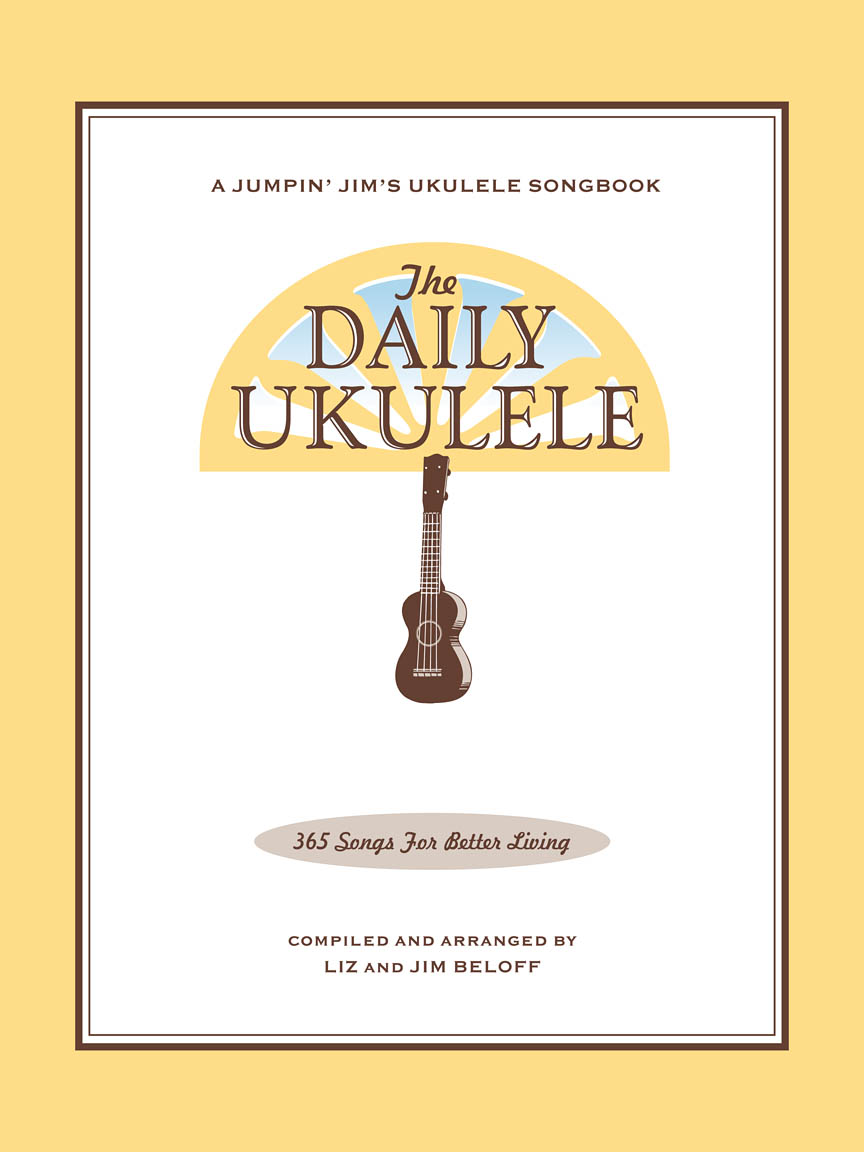
The Daily Ukulele— 365 Songs for Better Living book.







VI7
( V of II)

II7
( V of V)
The D#dim chords, a Chromatic Passing Chord (Should have been named Ebdim to be en-harmonically correct within the current tonality), no need for a Harmonic Analysis as one beat chords can be ignored as far as subs go. For a solo address the chromatic part (D♯ to E).
VI7
( V of II)
A Harmonic Analysis (RMA/HA) and its worksheet are intended to show the function of the chords, the harmonic principles used, the keys and tonalities the song explores. And, can be used for scale selections and chord and scale substitutions.
lead leadsheet.Minimal roadmap information such as repeats, fine, D.S., D.C., and codas has been used in preparing the worksheets to somewhat mirror the leadsheet in the Daily Ukulele book.
Yellow Book. You should start to recognize that 1st endings typically always return to a previous verse or an
 section. With a 2nd ending, a transition to a different part of the song, a
section. With a 2nd ending, a transition to a different part of the song, a  or chorus. Harmonic Principles are used for these repeats and transitions.
or chorus. Harmonic Principles are used for these repeats and transitions.- Full Diatonic
- Partial Diatonic • Full Diatonic includes Secondary Dominant chords
- Chromatic
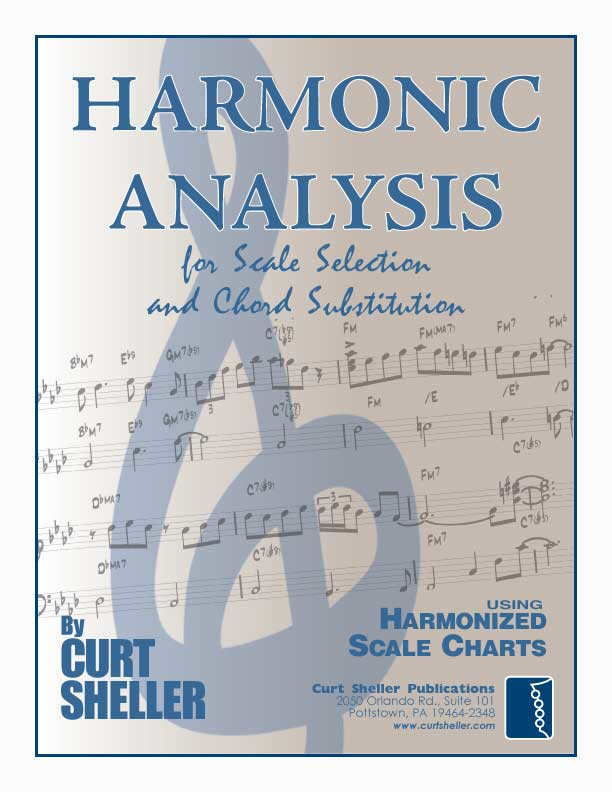
Scale Abbreviation Legend
Traditional Scale Names:
Maj: Major,
Dim: Diminished,
WT: Whole Tone,
Pent: Major Pentatonic,
Scale Mode Names:
Ion: Ionian,
Dor: Dorian,
Phrygian: Phrygian,
Lyd: Lydian,
Mix: Mixolydian,
Aeol: Aeolian,
Loc: Locrian
Contemporary Scales: Minor Pent: Minor Pentatonic, Pent: Major Pentatonic, Blues,
Scale/Mode Names: Ion: Ionian (Major), Dor: Dorian (Minor), Phrygian: Phrygian, Lyd: Lydian, Mix: Mixolydian (Dominant), Aeol: Aeolian (Natural Minor), Loc: Locrian
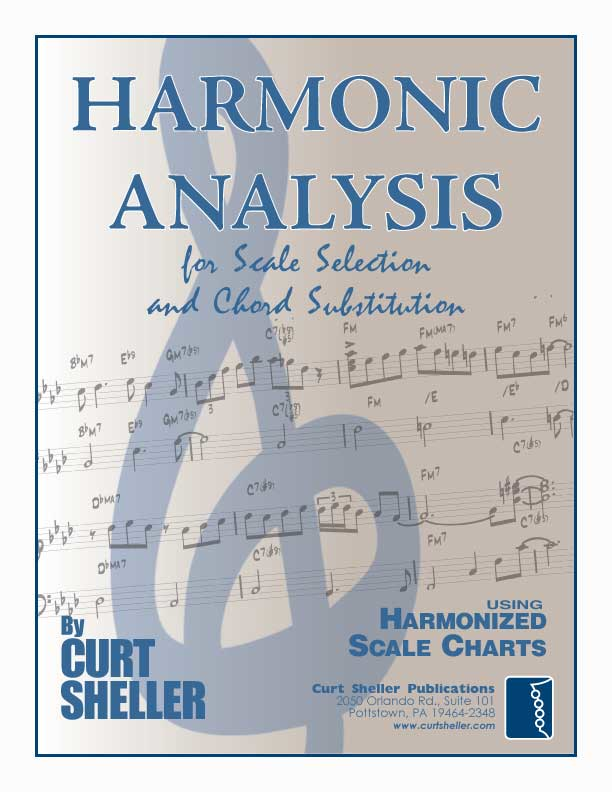

Intro

This is also performed as part of the solo at the end right before the Chorus.
Solos
The solos are pretty much the Blues scale.
Related Lessons, Videos, Lesson Series, Songs, Books & Reference Charts, Resources & Assets, Workshops are below.

Harmonic Analysis (HA), also known as the study of chord relationships, is the method used to identify the harmonic role of chords within a chord progression or song. A chord progression refers to a sequence of chords, with each chord having a root note and belonging to a specific chord type. The function of a chord within a particular scale's tonality is determined by its relationship to that scale.

Harmonic Analysis is the understanding of the functional sequence of chords. It is the process used to analyze the harmonic structure of a progression, song or composition. This analysis is then used to make scale selections for improvisation and chord substitution.
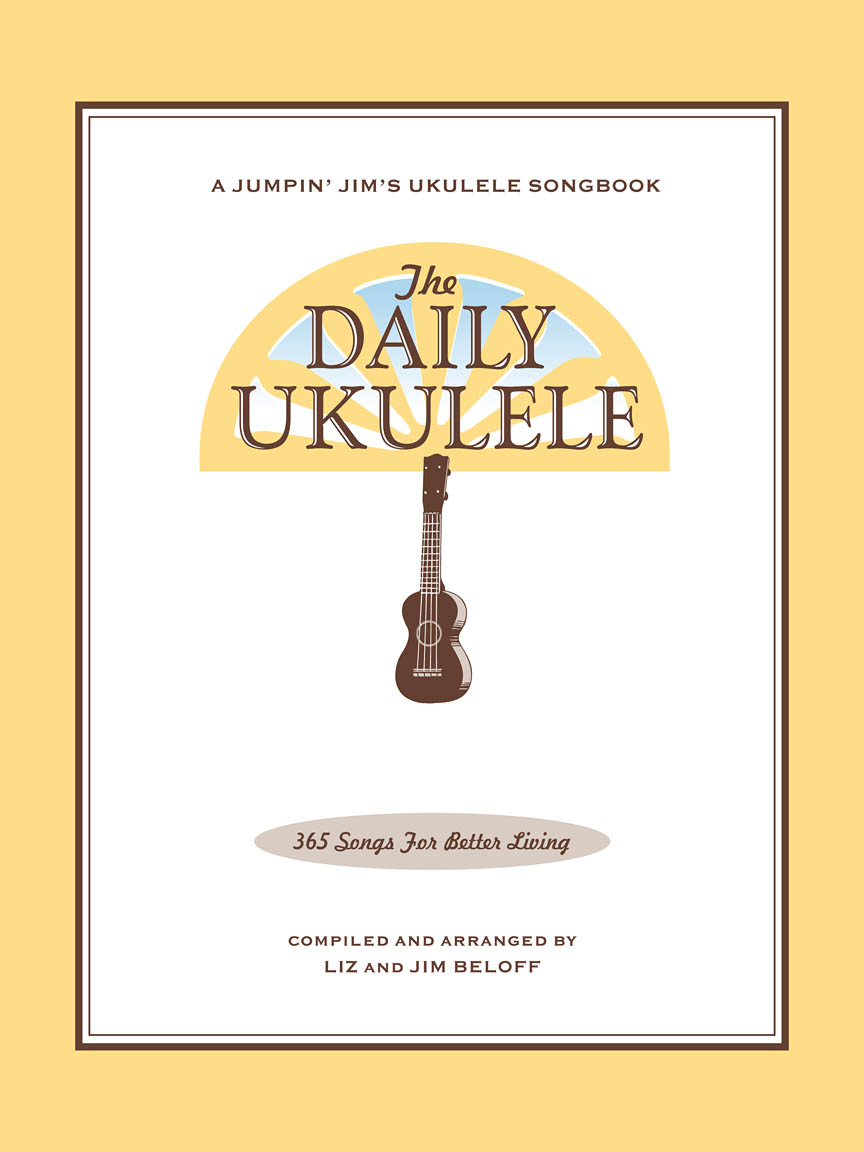
Strum a different song every day with easy arrangements of 365 of your favorite songs in one big songbook! The Daily Ukulele features ukulele arrangements with melody, lyrics and uke chord grids and are in ukulele-friendly keys that are particularly suited for groups of one to one hundred to play and sing.

Finally, learn the names of the notes of the ukulele fingerboard in C tuning .

Learn the six fingering principles to navigating the ukulele fingerboard. Fingering is one of the most universal topics. Book: Six Secrets of the Ukulele Fingering

Harmonic Analysis is the understanding of the functional sequence of chords. It is the process used to analyze the harmonic structure of a progression, song or composition. Book: Harmonic Analysis for Scale Selection and Chord Substitution

Learn to read single note melodies in the first/open position is a lot easier than you might think. Book: Ukulele – Reading Music Series – Primer

An organized collection of daily practice and reference material for the contemporary ukulele player for developing the vocabulary and knowledge necessary for single note playing. Book: Daily Practice Material for the Contemporary Ukulele
Checkout the Books & Reference Charts for additional Handy, Dandy Reference Charts.

Ukulele Fingerboard Chart for C Tuning, Low or High G – G C E A

Ukulele Fingerboard Chart for G Tuning, Low or High A – D G B E

A handy reference chart of all 15 major and relative minor key signatures. US Letter 8.5 x 11 sized (ANSI-A), A4
Checkout the Books & Reference Charts for additional Handy, Dandy Reference Charts.



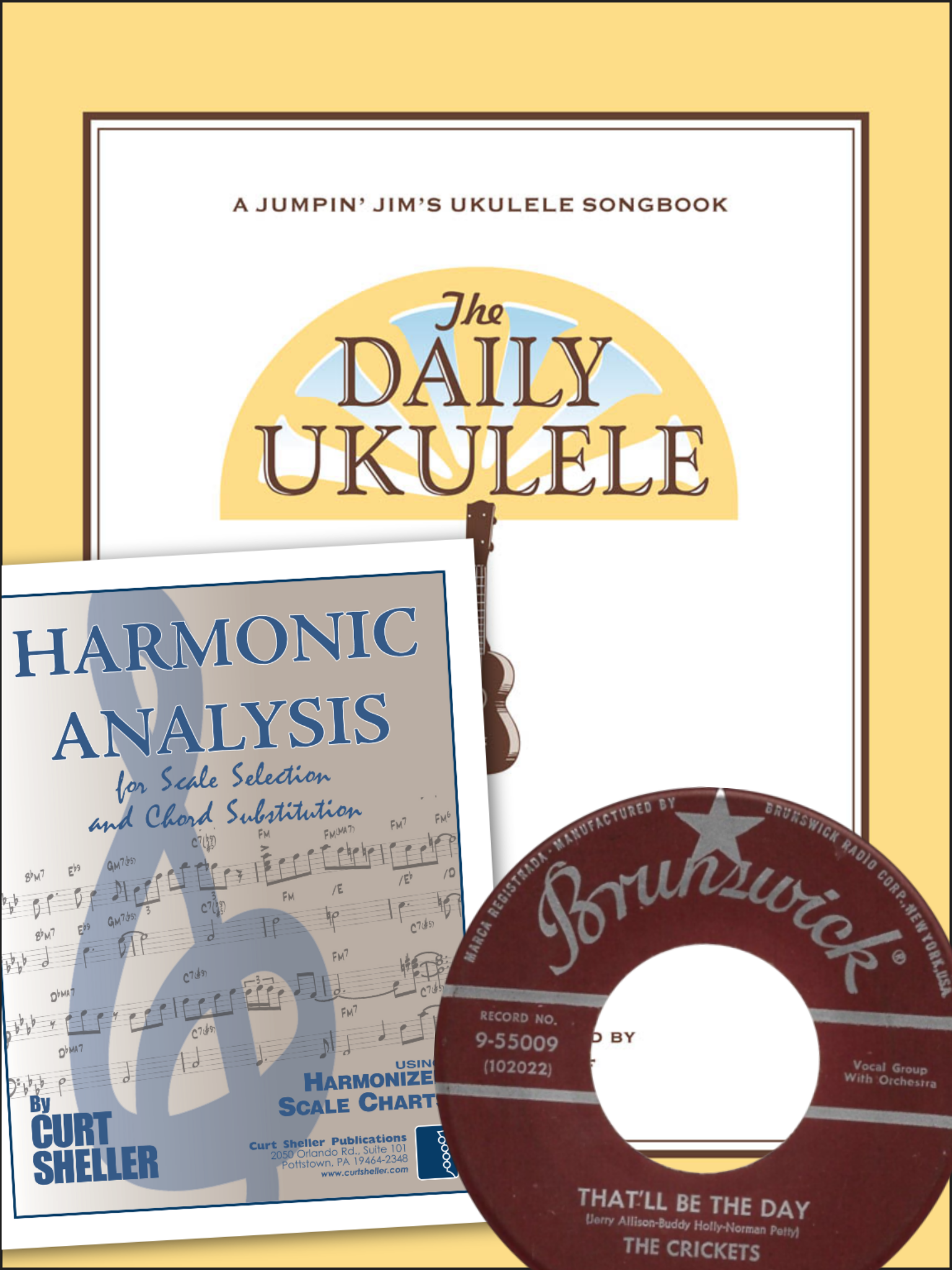
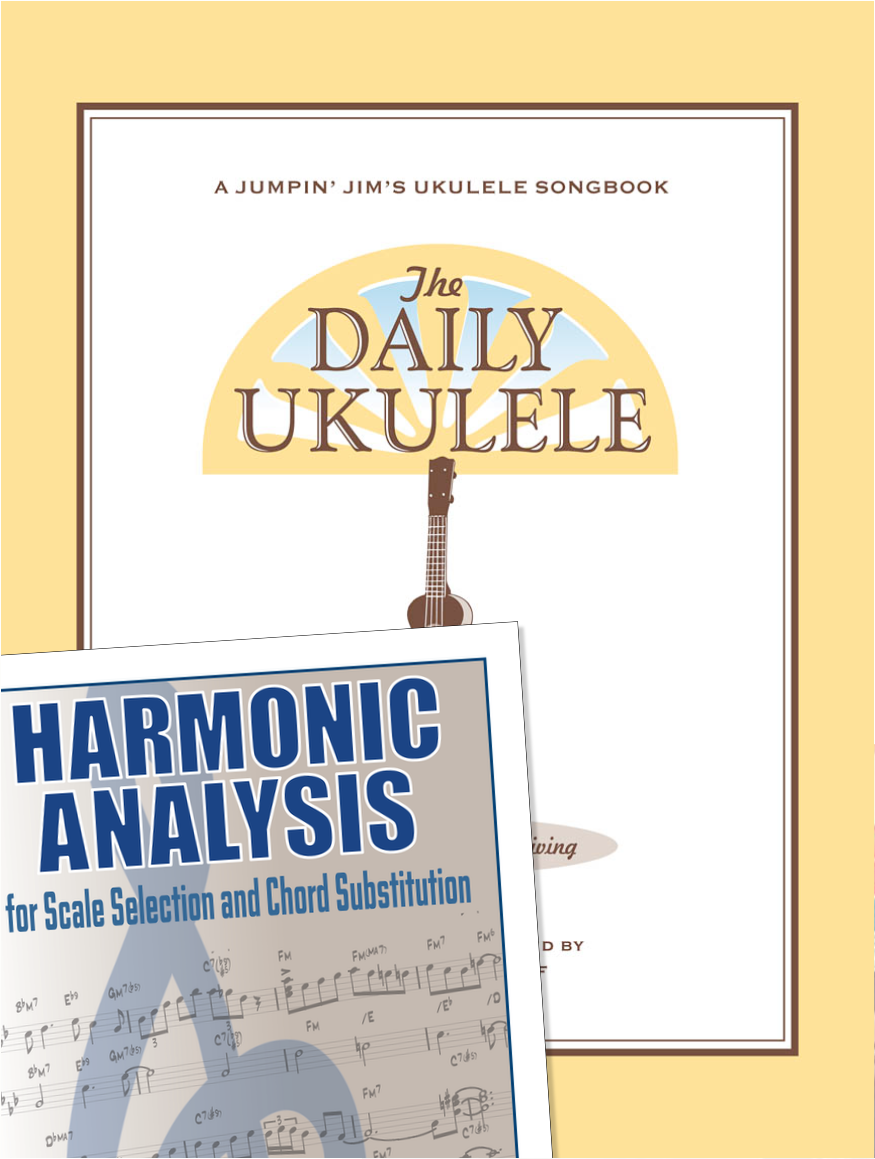

.jpg)